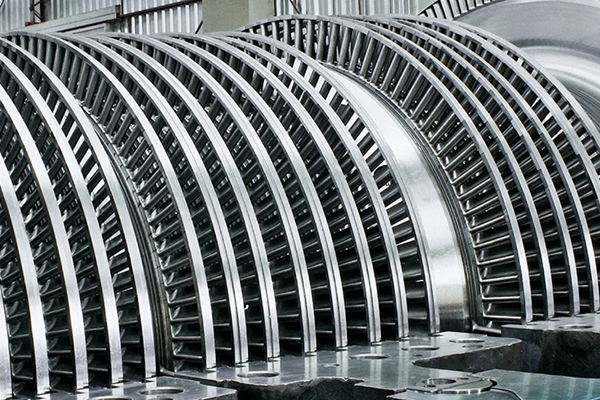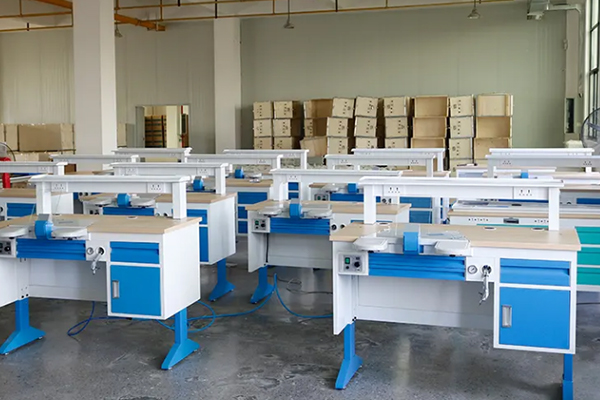Semiconductors Made Simple: 5 Must-Know Facts
Description
Semiconductors are a fundamental component of modern technology and contribute to the operation of devices ranging from smartphones to renewable energy systems. An understanding of their primary properties permits a factual explanation of their role in electronics. The following five statements present key factual details about semiconductors:
- Fundamental to modern electronics – Semiconductors are essential for devices such as smartphones, computers and solar cells, as they facilitate the operation of transistors, diodes and integrated circuits.
- Silicon is widely used – Silicon is the most commonly used semiconductor material, owing to its abundance, stability and favourable electrical properties. Alternatives such as Gallium Nitride (GaN) and Silicon Carbide (SiC) are employed for high-performance applications.
- Conductive and insulative behaviour – Semiconductors can function in both conductive and insulative states, thereby permitting precise control of electrical signals in electronic devices.
- Doping modifies electrical properties – The electrical characteristics of semiconductors are altered by the introduction of impurities (doping), which produces n-type (excess electrons) or p-type (electron deficiency) materials that form essential components such as transistors.
- Use in AI and renewable energy – Semiconductors are utilised in AI processors, 5G networks and solar cells. They are also incorporated in research pertaining to future electronic systems and the transition towards sustainable energy solutions.
Wafers and Sensors in Semiconductor Manufacturing
Wafers are thin slices of semiconductor material that serve as the basis for most semiconductor devices. They are typically produced from high-purity silicon, although other materials may be used depending on the requirements of the device. Consequently, these wafers undergo several steps, including photolithography, etching and doping, to form the circuits of semiconductor components.
Sensors, which are frequently manufactured from semiconductors, play a significant role in sectors such as the automotive industry, healthcare and environmental monitoring. These sensors detect changes in temperature, pressure, light and chemical composition. For example, semiconductor photodetectors convert light into electrical signals; they are used in cameras and various imaging systems.
Comparison Table of Materials for the Semiconductor Industry
The following table compares the materials most commonly used in the semiconductor industry. It outlines their properties, advantages and typical applications:
|
Material |
Electrical Conductivity |
Band Gap (eV) |
Advantages |
Common Applications |
|
Silicon (Si) |
Moderate |
1.1 |
Abundant, stable, cost-effective |
Microchips, solar cells, transistors |
|
Germanium (Ge) |
High |
0.66 |
Suitable for high-speed applications |
Transistors, detectors |
|
Gallium Arsenide (GaAs) |
High |
1.43 |
Facilitates faster electron mobility |
LED lighting, high-frequency devices |
|
Silicon Carbide (SiC) |
Moderate |
3.26 |
High thermal conductivity, durable |
Power electronics, electric vehicles |
Additional information is available at Stanford Advanced Materials (SAM).
Frequently Asked Questions
What are the primary uses of semiconductors?
Semiconductors are primarily used in electronic components to control electrical signals, thereby enabling the operation of devices such as computers, smartphones and medical devices.
How are semiconductors manufactured?
Semiconductors are manufactured by processing a raw material, typically silicon. The material is formed into wafers, which are then subjected to chemical treatment, etching and layering to achieve the required electrical characteristics.
What is the role of wafers in semiconductor manufacturing?
Wafers are thin slices of semiconductor material that serve as the basis for electronic circuits. They are processed and subsequently divided into individual semiconductor components.
How do semiconductors differ from conductors and insulators?
Semiconductors display electrical properties that are intermediate between those of conductors and insulators. They permit current flow under specified conditions, but not as freely as conductors nor as restrictively as insulators.
Why is silicon so frequently used in semiconductor manufacturing?
Silicon is abundant, stable and cost-effective, which renders it a suitable material for the mass production of semiconductors. Additionally, it has a band gap that supports effective operation in a variety of electronic applications.

 Bars
Bars
 Beads & Spheres
Beads & Spheres
 Bolts & Nuts
Bolts & Nuts
 Crucibles
Crucibles
 Discs
Discs
 Fibers & Fabrics
Fibers & Fabrics
 Films
Films
 Flake
Flake
 Foams
Foams
 Foil
Foil
 Granules
Granules
 Honeycombs
Honeycombs
 Ink
Ink
 Laminate
Laminate
 Lumps
Lumps
 Meshes
Meshes
 Metallised Film
Metallised Film
 Plate
Plate
 Powders
Powders
 Rod
Rod
 Sheets
Sheets
 Single Crystals
Single Crystals
 Sputtering Target
Sputtering Target
 Tubes
Tubes
 Washer
Washer
 Wires
Wires
 Converters & Calculators
Converters & Calculators
 Write for Us
Write for Us
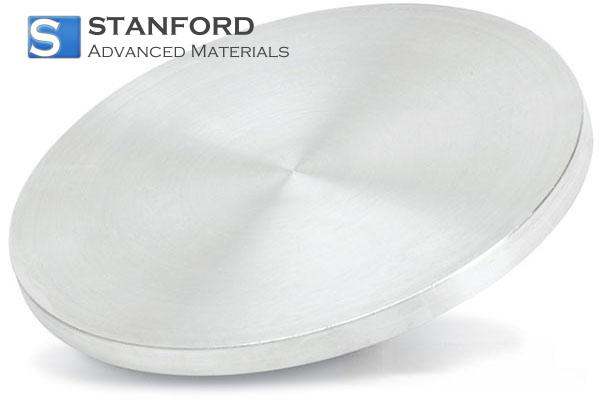
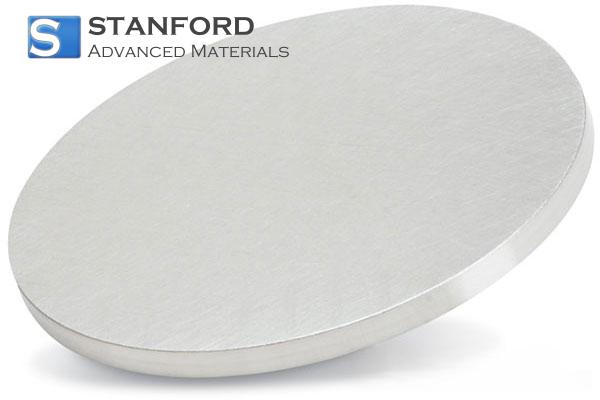
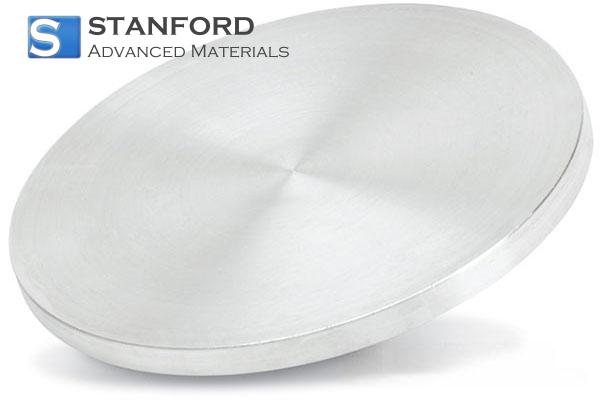
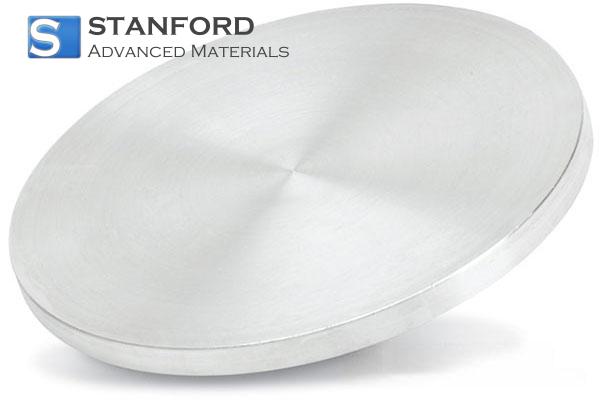
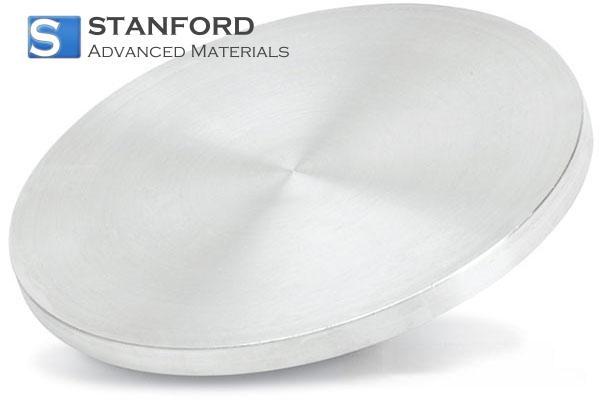
 Chin Trento
Chin Trento


